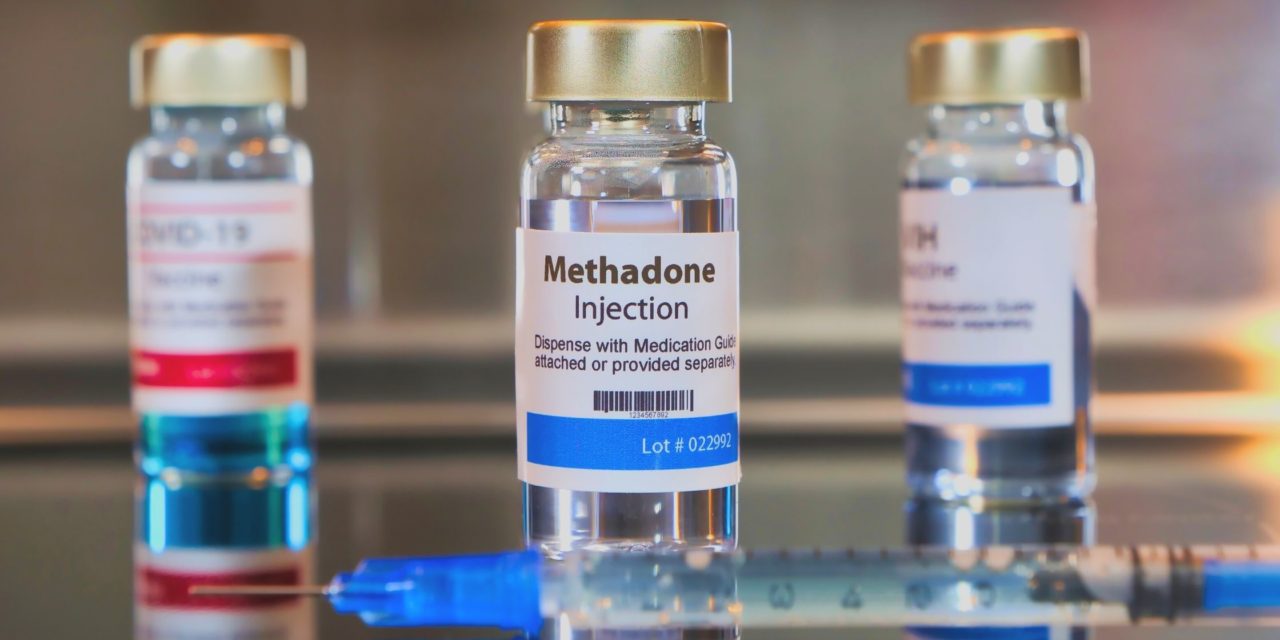There’s no shortcut to overcoming drug addiction. However, advancements in modern medicine have discovered valuable pharmaceutical interventions that can make addiction recovery all the more bearable. Here are the most notable differences between the two most widely known opioid addiction treatment medications: suboxone vs methadone.
Is methadone the same as suboxone?
No, methadone is not the same as suboxone. Both are FDA-approved opioids that are used to treat opioid addiction but do so in distinct ways.
What is Methadone?
Methadone hydrochloride, more commonly known as methadone, is the generic name of this medication. An opioid antagonist, methadone prevents opioid use from causing pleasurable effects (since opioid highs are extremely powerful and the root of opioid addiction, methadone has proven invaluable in disincentivizing recovering addicts from continuing their opioid-seeking behavior). Methadone is also an effective analgesic, a pain reliever, which allows methadone to be effective in alleviating withdrawal symptoms.
Methadone is a long-term medication used during the maintenance phase of opioid addiction treatment. Included in the World Health Organization’s list of essential medication, numerous studies have found methadone maintenance treatments lower the number of opioid addict deaths, reduce criminal activity, as well as lessened opioid drug use overall and improved rates of abstinence.
What is Suboxone?
Suboxone is a brand-name medication that is a combination of buprenorphine and naloxone used in the initial opioid detox as well as longer-term maintenance.
Buprenorphine, the primary active component of this medication, is a partial opioid that interacts with the same receptors as narcotics such as heroin and fentanyl. In contrast to methadone which is an antagonist, buprenorphine is an agonist which allows it to satisfy drug cravings but produces much milder effects and virtually no high. Another notable quality of buprenorphine is that it’s extremely long-lasting. It can occupy mu-opioid receptors for up to 42 hours and block the effects of any opioids taken during this window.
Naloxone is the generic name of the widely-known opioid antagonist Narcan, which rapidly reverses the effects of opioid use. This component is used as a deterrent, as inappropriate Suboxone use (i.e. injection) would promptly result in unpleasant withdrawal effects.
Suboxone vs. Methadone Treatment
Both Suboxone and methadone may be used in medically assisted treatment (MAT) but there are distinct differences between them, namely:
- How they work
- When to take them
- How to get them
- Side effects and risks
Use
Both Suboxone and methadone can be used during the detox and maintenance phases of opioid addiction recovery, though they operate in different ways. Suboxone works quickly, taking effect and easing cravings within 30 minutes of being taken. However, it can only be taken under specific consequences, when patients are in the moderate stages of withdrawal–approximately 12 to 24 hours after the last opioid use. It’s most often associated with the long-term maintenance of addiction recovery.
Methadone is the near-complete opposite of Suboxone. Methadone takes effect slowly but can be used for short-term detox, providing relief from withdrawal symptoms with no required abstinence period. This helps individuals stave off the discomfort of early withdrawal effects which are often the most unpleasant and often the biggest deterrents from attempting to stop using drugs.
It’s also worth noting that while methadone is also sometimes prescribed as a pain reliever, Suboxone is exclusively used for opioid addiction treatment.
Acquisition
Another key difference is how these two medications can be obtained. Suboxone doesn’t require going to a clinic or specialized facility such as a drug rehab. Neither does it require administration under the supervision of a professional. However, it does require a prescription from a Suboxone provider. Regulations may vary. For instance, in Florida, any physician, physician assistant, or nurse practitioner with specialized training can prescribe Suboxone for medication-assisted addiction treatment.
Methadone has greater abuse potential and therefore stricter prescription requirements. In the beginning stages of methadone treatment, individuals are required to have daily clinic visits. Even long-term methadone users are required to have it administered by a professional. The exceptions to this are instances when the clinic is closed or otherwise unavailable. In such instances, patients may be given a single dosage or two to take in the interim.
Risk Potential
Although the risks are quite low, they do both carry misuse potential. Methadone is regarded as the more dangerous of the two being a Schedule II substance whereas Suboxone is a schedule III. Methadone carries a higher risk of addiction and opportunity for misuse but is less likely to cause overdose or withdrawal effects than Suboxone (although methadone can cause them as well). Should withdrawal occur, with methadone the effects may last between 2 to 3 weeks, and Suboxone, a month or more.
If you’re curious whether Suboxone or methadone is best for your addiction recovery efforts, the best course of action is to find an addiction treatment facility near you to speak to a professional. They’ll look at your physical and mental health to determine which option is the right fit.
Sources:

